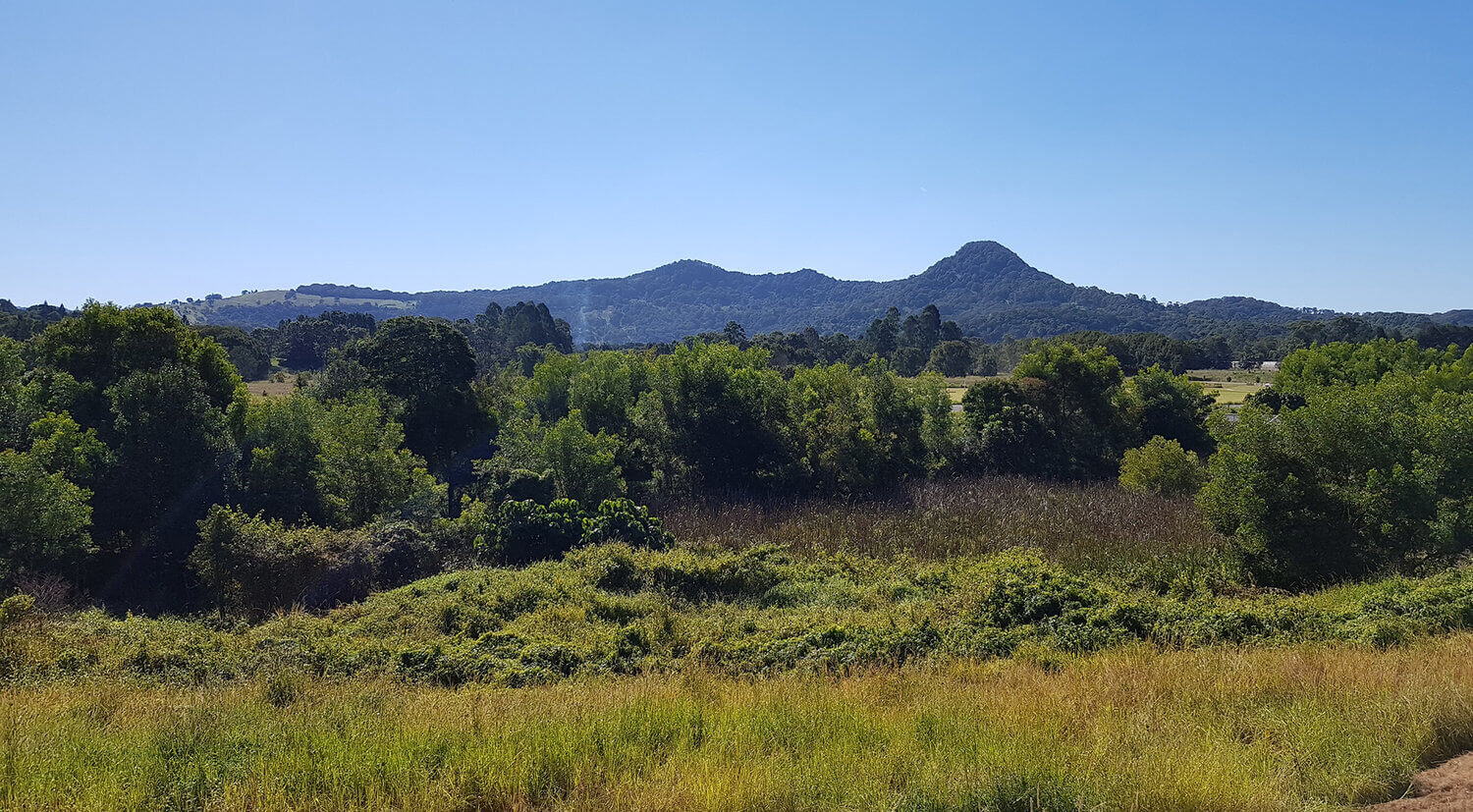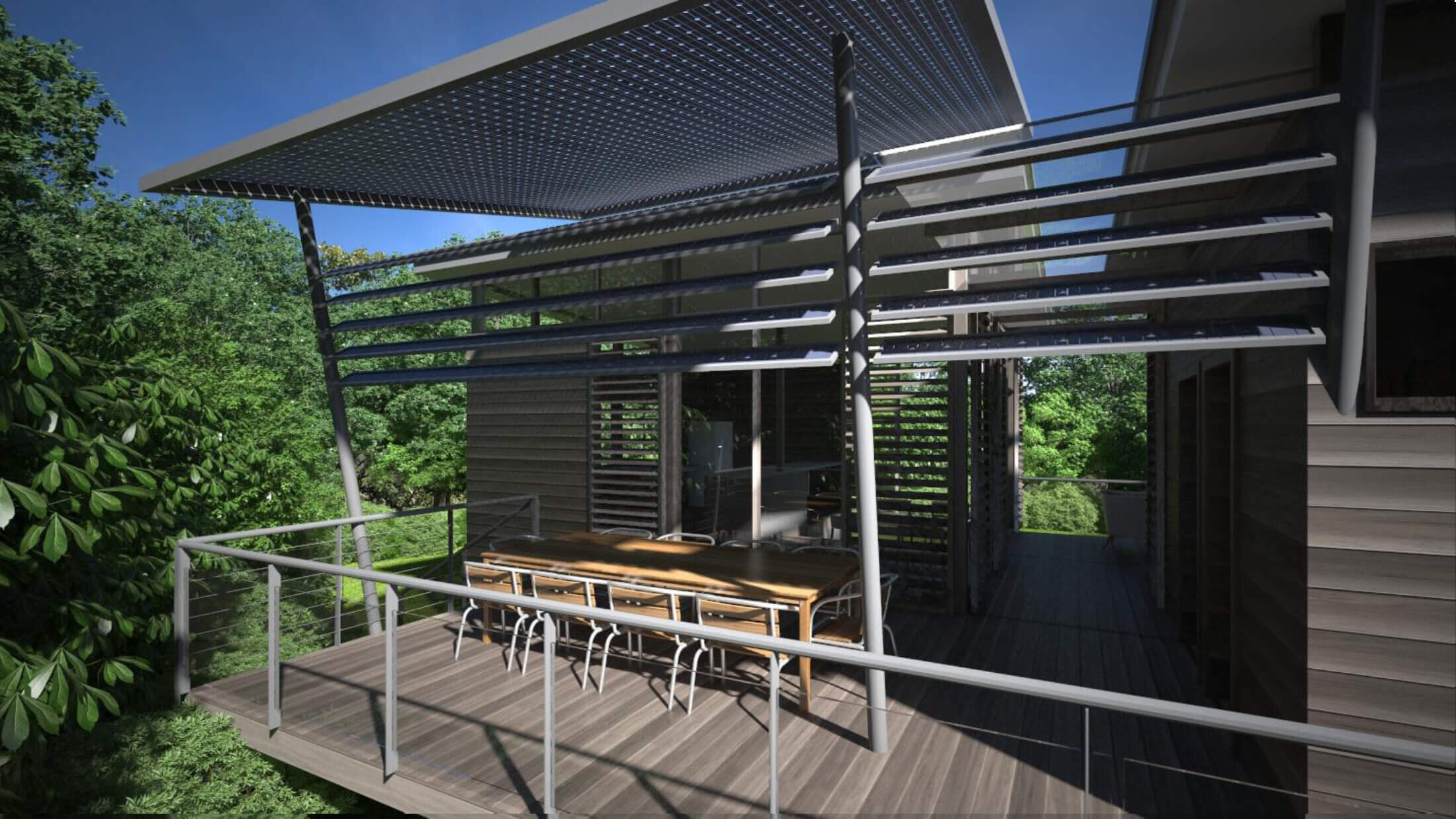
Zero carbon lifecycle design
Renger, Birkeland & Midmore (2015), 'Net-positive building carbon sequestration', Building Research & Information, 43(1), 11-24
Carbon Amortisation Performance (CAP)
Many similar terms have been used internationally to describe ‘zero carbon buildings’, mostly referring to operational energy covered by renewables. Often expensive technology is required to heat and cool the buildings that are energy intensive in their production and operation. The World Green Building Council targets net-zero embodied carbon for new buildings and retrofits by 2050 in its global Advancing Net Zero project.
We use a simplified, calculation with the baseline at zero operational carbon. Positive and negative impacts are measured in CO2 equivalents and overlaid to amortise embodied carbon as early as possible in the lifecycle. The method was tested on a building design, documented in the international green building journal Building Research & Information (BRI), which paid back embodied carbon in 11.5 years.
The modular house is designed to operate on minimal energy, generated by a frameless PV system, and uses materials with low embodied energy which often equal lower cost because they are easier to manufacture.
Carbon is used as a measure to compensate for impacts from construction, but there are many other benefits such as health and well-being of the occupants and the ecosystems at a larger scale.
Embodied carbon offset
The modular house is designed with minimal embodied carbon, locally sourced, chemical-free timber and at least 100% renewable energy generation with flexible roof orientation options. We use material take-offs in our 3D modeling software Autodesk Revit for a high-level embodied carbon assessment and estimated payback time to make the zero carbon lifecycle approach tangible for homeowners.

Journal publication
Our research on lifecycle concepts started in 2003 when developing a PhD concept at Technische Universitaet Darmstadt (TUD), Germany. It has been refined over the years in academia with Prof. Janis Birkeland, now Honorary Prof. at University of Melbourne, and applied to the modular Zero Carbon House with industry partners. It has been published and presented internationally at the first eco-positive conference stream at SB13 Vancouver ‘Pushing the boundaries - Net-positive buildings’, following on from this in the Special Issue of the leading UK international green building journal Building Research & Information (BRI), and other conferences / events such as World SB14 Barcelona and ZEMCH (Zero Energy Mass Custom Homes) 2018.
Renger, Birkeland & Midmore (2015), 'Net-positive building carbon sequestration', Building Research & Information, 43(1), 11-24
Abstract: A greater appreciation of architecture as a means to drive social, economic and environmental sustainability is emerging around the world. Practices are beginning to adopt closed-loop and cradle-to-cradle strategies, and some are even aiming toward net-positive design. However, life cycle assessment (LCA) tools do not measure ‘beyond zero’. The question of how net-positive carbon sequestration (i.e. impacts beyond net-zero) can be assessed within LCA is explored through a proposed carbon amortization performance (CAP) method. CAP overlays energy-related carbon and biomass sequestration over the building life cycle. CO2 equivalence (CO2) is used to combine both positive and negative impacts from different sources. Net-positive contributions are defined as those exceeding ‘zero operational carbon’ – after the embodied carbon is paid back during the life cycle. The CAP method was tested on a building design with the technical support of multidisciplinary experts. The results indicate that a building can sequester more carbon over its life cycle than it emits by using on-site current renewable energy technology and extensive building-integrated vegetation. Buildings designed on net-positive development principles can potentially reverse their carbon impact and begin to regenerate their regions, while providing multiple eco-services.
Download available at Taylor & Francis Online




